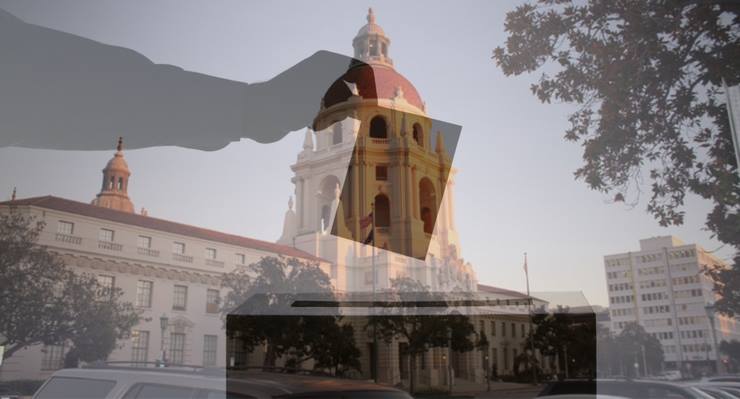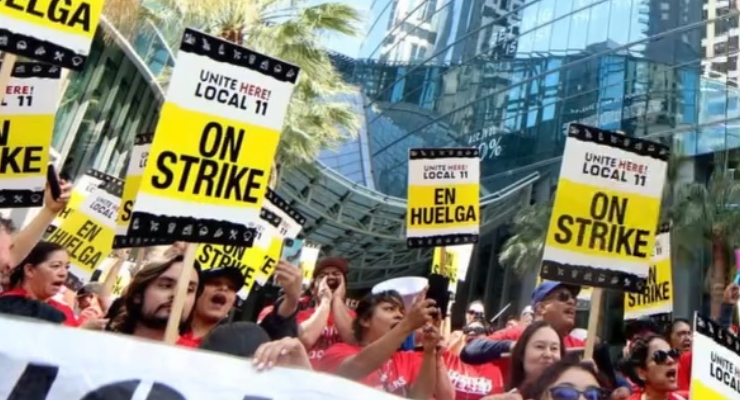
As part of efforts to increase the number of Bus Rapid Transit routes in Los Angeles County, representatives from LA Metro as well as the Pasadena’s Department of Transportation updated the City Council’s Municipal Services Committee Tuesday on the progress of the North Hollywood to Pasadena corridor.
Bus Rapid Transit (BRT), according to Metro, is a high quality bus service that provides faster, more reliable and convenient service through the use of dedicated bus lanes, branded vehicles and stations, high-frequency lines with intelligent transportation systems, and possible off-board fare collection, with boarding through all doors.
BRT lines would help avoid delays typically experienced by regular bus service traveling in mixed flow traffic. According to Metro, BRT has the potential to increase transit access, improve regional mobility, reduce transportation costs, and ease commutes.
The Pasadena to North Hollywood corridor is one of two corridors which were selected following a countywide BRT study, which began in December 2013. The current study on the two corridors — North Hollywood to Pasadena and the Vermont Corridor — began in July 2015, and is expected to be completed in the fall of 2016.
 In March, Metro launched the pilot Line 501 between NoHo and Pasadena, to link with the expanded Gold Line.
In March, Metro launched the pilot Line 501 between NoHo and Pasadena, to link with the expanded Gold Line.
The Pasadena to North Hollywood Corridor would be a 16-mile corridor connecting the cities of Pasadena, Los Angeles, Glendale and Burbank. Currently, there are approximately 700,000 daily auto trips through this area, according to the Metro update. The new BRT lines would reduce passenger travel times, and improve connections between specific locations — shopping centers or transit centers, for example. Metro has currently identified a few of the major centers as Old Pasadena, the Metro Gold Line Stations, the Pasadena Civic Center, and South Lake Avenue
As projected, the Pasadena Corridor BRT would have dedicated lanes or “running ways,” as well as dedicated stations and stops, specialized vehicles with updated fare collection systems, traffic signal priorities, as well as specific branding of the buses.
The corridor would be divided into three segments: a West Segment from the NoHo Red Line Station to I-5, a Center corridor from I-5 to the 2 Freeway, and the East Segment from the 2 Freeway to Pasadena City College.
Thinking much further ahead, Metro is also currently exploring a Orange/Red Line to Gold BRT connector which would be open in 2022 at an initial cost of $267 million. The line would be potentially converted to either light or heavy rail in 2067, depending on ridership demand.
Metro is planning more stakeholder round table meetings this fall, and expects to present its completed findings to the Metro board in the fall, as well.













 0 comments
0 comments


